a.
/lasso forehand/
first of all, if you are not an aggressive ballstriker (i.e. with a fast or very fast swingspeed), i would strongly advise ^against using a lasso forehand!
— why?
without generating a lot of pace /^and spin/, the ball will sit up and be very easy to attack.
/lasso forehand/
first of all, if you are not an aggressive ballstriker (i.e. with a fast or very fast swingspeed), i would strongly advise ^against using a lasso forehand!
— why?
without generating a lot of pace /^and spin/, the ball will sit up and be very easy to attack.
b.
ideally, a lasso forehand should be a groundstroke *winner — and certainly be ^intended as such. it should not (ever) be considered a rallying shot.
when i did my initial training, i studied Serena and Rafa a lot. unsurprisingly, as part of my repertoire
#tennis
#technique
ideally, a lasso forehand should be a groundstroke *winner — and certainly be ^intended as such. it should not (ever) be considered a rallying shot.
when i did my initial training, i studied Serena and Rafa a lot. unsurprisingly, as part of my repertoire
#tennis
#technique
c.
i wanted to hit lasso forehands, exactly like them.
i studied both of their styles, obsessively — segment by segment.
for tennis, i have an intensely visual and acute memory. with all of my constant drilling, i could reproduce individual shots quite easily.
#tennis
i wanted to hit lasso forehands, exactly like them.
i studied both of their styles, obsessively — segment by segment.
for tennis, i have an intensely visual and acute memory. with all of my constant drilling, i could reproduce individual shots quite easily.
#tennis
d.
it is difficult to describe technique in this medium (— and when not being with the person) but i will try to isolate the most important features here.
for me, there are two primary reasons to use a lasso forehand:
it is difficult to describe technique in this medium (— and when not being with the person) but i will try to isolate the most important features here.
for me, there are two primary reasons to use a lasso forehand:
e.
i.
as an aggressive ‘emergency’ shot, i.e. when taken past the sidelines by an opponent’s aggressive shot.
ii.
to *create acute /‘short’ crosscourt angles.
i do both, without thinking.
i hit with a lot of power and aggressive spin (— that is my thing), so this works for me.
i.
as an aggressive ‘emergency’ shot, i.e. when taken past the sidelines by an opponent’s aggressive shot.
ii.
to *create acute /‘short’ crosscourt angles.
i do both, without thinking.
i hit with a lot of power and aggressive spin (— that is my thing), so this works for me.
f.
when hitting a lasso forehand, you have to make the decision •early. you should move onto the ball dynamically.
after contact, you will close the racquet face a little quickly to impart greater spin.
imagine the strings [— the stringbed] ‘whipping’ right across the ball.
when hitting a lasso forehand, you have to make the decision •early. you should move onto the ball dynamically.
after contact, you will close the racquet face a little quickly to impart greater spin.
imagine the strings [— the stringbed] ‘whipping’ right across the ball.
g.
when finishing this shot, the racquet will be pulled /above your head/ with (and near certainly) with the upper hoop pointing directly behind you.
see pictures of Rafa here:
#tennis
#technique
when finishing this shot, the racquet will be pulled /above your head/ with (and near certainly) with the upper hoop pointing directly behind you.
see pictures of Rafa here:
#tennis
#technique
h.
any player using this has to /hit this shot •aggressively/.
i cannot empathise this enough.
again, this is because the ball, hit with greater spin and thus net clearance, it will “pop up” in the court.
— so the ball has to be /moving very quickly/ and (ideally) •away
any player using this has to /hit this shot •aggressively/.
i cannot empathise this enough.
again, this is because the ball, hit with greater spin and thus net clearance, it will “pop up” in the court.
— so the ball has to be /moving very quickly/ and (ideally) •away
i.
from the opponent.
see Serena’s utilisation of acute /crosscourt angles here:
https://m.youtube.com/watch?v=QnEA0LRf2r4
00:28">https://m.youtube.com/watch... — crosscourt forehand winner
(pictures 1, 2)
2:31 — aggressive /damaging forehand
(picture 3)
2:43 — aggressive forehand return /winning shot
(picture 4)
#tennis
from the opponent.
see Serena’s utilisation of acute /crosscourt angles here:
https://m.youtube.com/watch?v=QnEA0LRf2r4
00:28">https://m.youtube.com/watch... — crosscourt forehand winner
(pictures 1, 2)
2:31 — aggressive /damaging forehand
(picture 3)
2:43 — aggressive forehand return /winning shot
(picture 4)
#tennis
j.
note the direction of the ball and Serena’s finish (— her follow-through), the racquet above her head and behind her back.
when contacting the ball, i tend to go slightly off-centre (contact with the stringbed) but that might be more personal superstition than anything else!
note the direction of the ball and Serena’s finish (— her follow-through), the racquet above her head and behind her back.
when contacting the ball, i tend to go slightly off-centre (contact with the stringbed) but that might be more personal superstition than anything else!
k.
finally, you may have to reduce the takeback when using a lasso forehand as an aggressive /emergency shot.
i prefer to begin with my regular high /looped takeback (— exactly as Rafa below), which adds some level of ‘disguise’.
if you have any questions, please ask!
 https://abs.twimg.com/emoji/v2/... draggable="false" alt="🎾" title="Tennis ball" aria-label="Emoji: Tennis ball">
https://abs.twimg.com/emoji/v2/... draggable="false" alt="🎾" title="Tennis ball" aria-label="Emoji: Tennis ball"> https://abs.twimg.com/emoji/v2/... draggable="false" alt="✨" title="Sparkles" aria-label="Emoji: Sparkles">
https://abs.twimg.com/emoji/v2/... draggable="false" alt="✨" title="Sparkles" aria-label="Emoji: Sparkles"> https://abs.twimg.com/emoji/v2/... draggable="false" alt="😺" title="Smiling cat face with open mouth" aria-label="Emoji: Smiling cat face with open mouth">
https://abs.twimg.com/emoji/v2/... draggable="false" alt="😺" title="Smiling cat face with open mouth" aria-label="Emoji: Smiling cat face with open mouth">
finally, you may have to reduce the takeback when using a lasso forehand as an aggressive /emergency shot.
i prefer to begin with my regular high /looped takeback (— exactly as Rafa below), which adds some level of ‘disguise’.
if you have any questions, please ask!
l.
Serena is the ^master of taking time away from the opponent, so you will frequently see her move into the court near the service line + use her •regular, looped takeback, preparing for a lasso forehand, when she wants to hit more acute, ‘short’ angles.
 https://abs.twimg.com/emoji/v2/... draggable="false" alt="🎾" title="Tennis ball" aria-label="Emoji: Tennis ball">
https://abs.twimg.com/emoji/v2/... draggable="false" alt="🎾" title="Tennis ball" aria-label="Emoji: Tennis ball">
#tennis
#technique
Serena is the ^master of taking time away from the opponent, so you will frequently see her move into the court near the service line + use her •regular, looped takeback, preparing for a lasso forehand, when she wants to hit more acute, ‘short’ angles.
#tennis
#technique

 Read on Twitter
Read on Twitter
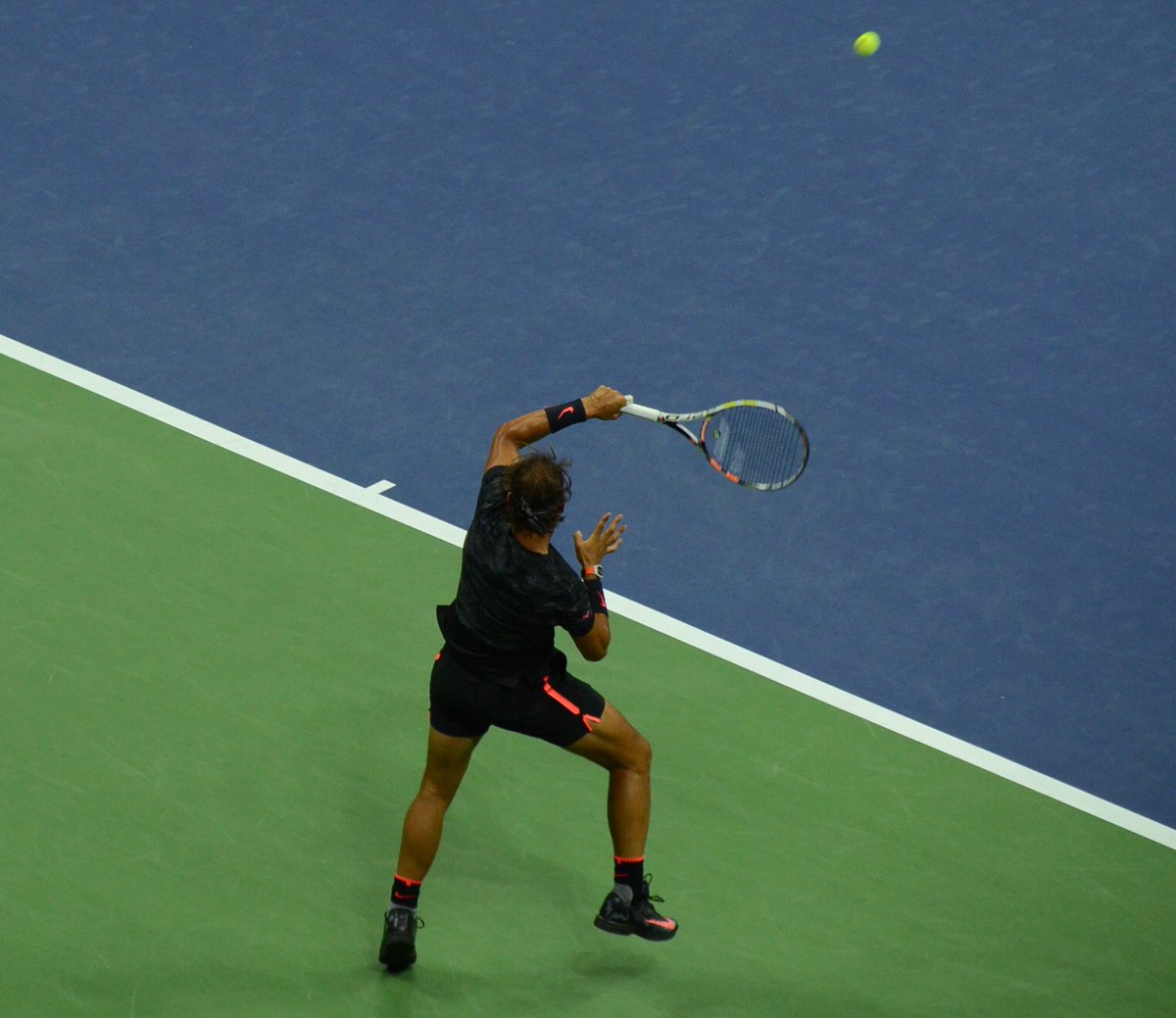
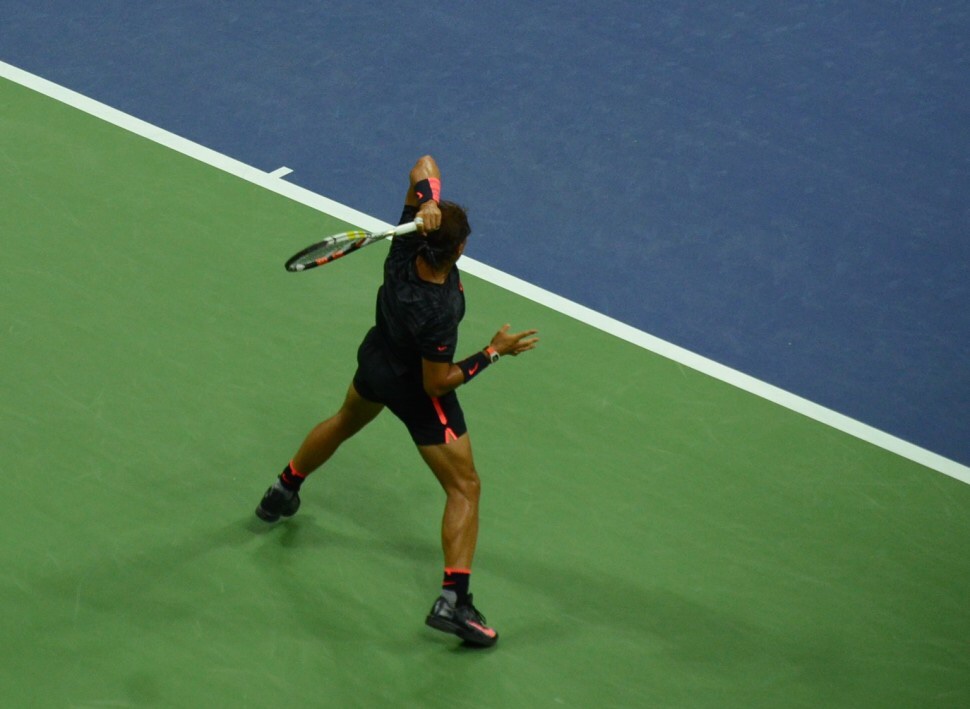
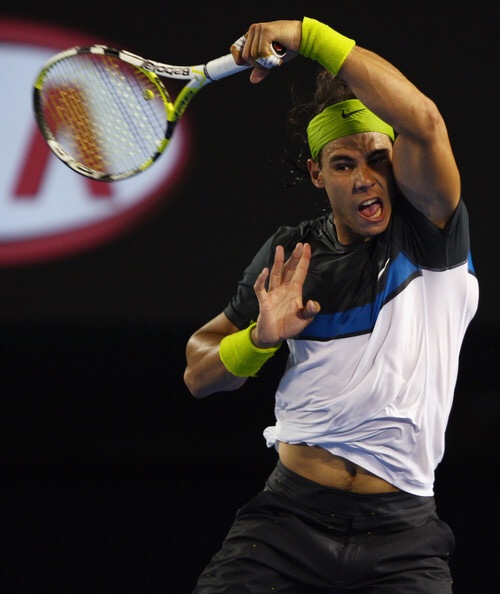
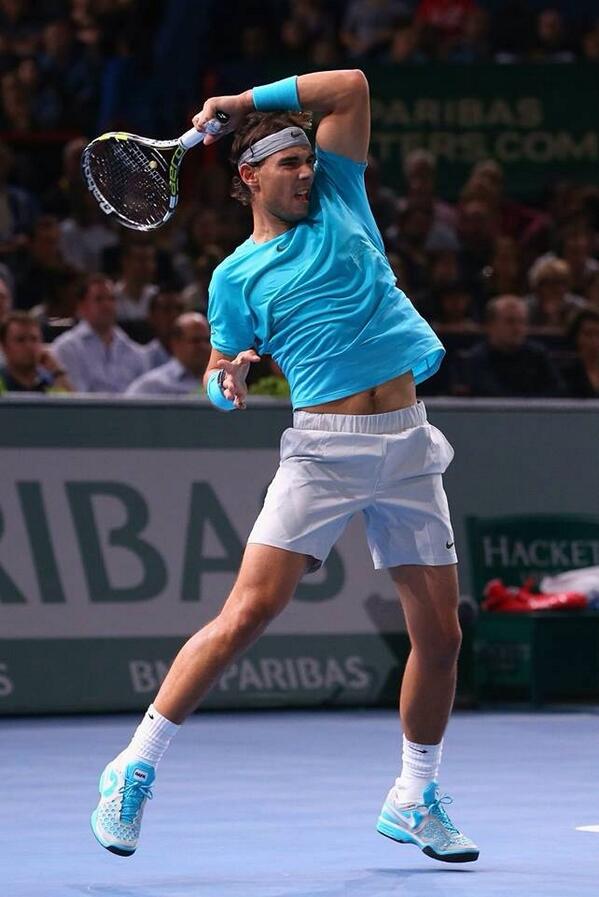
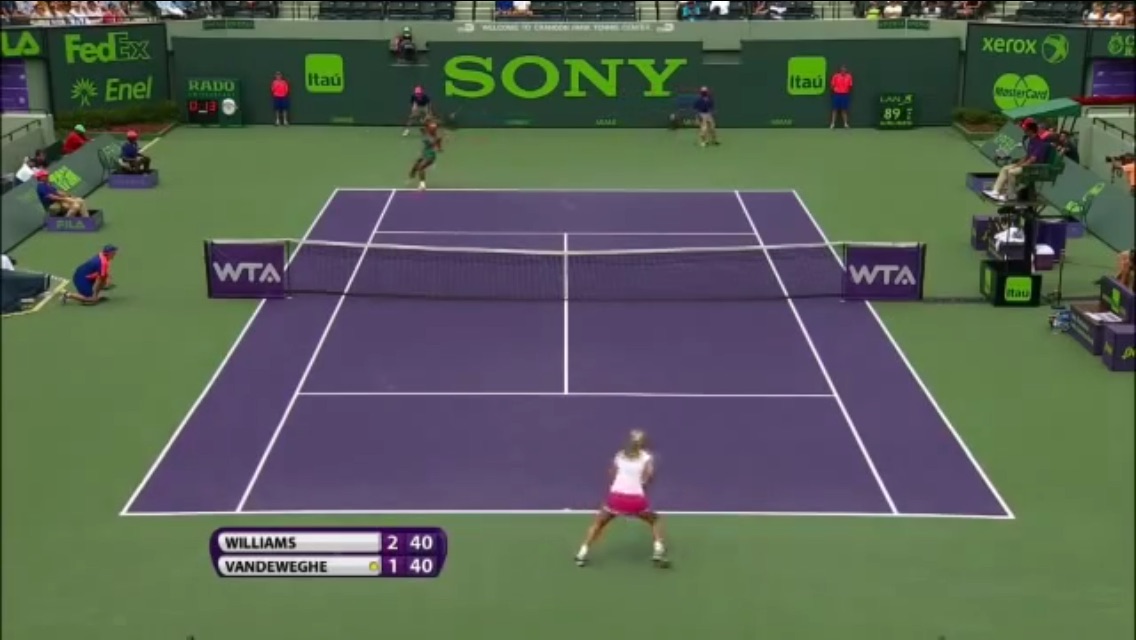
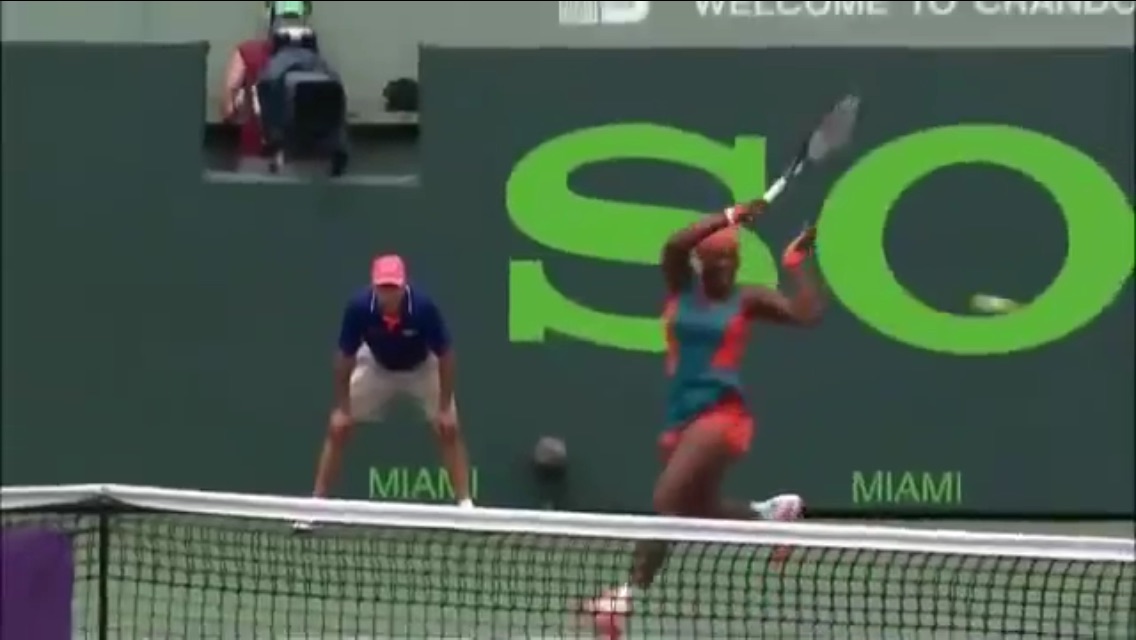
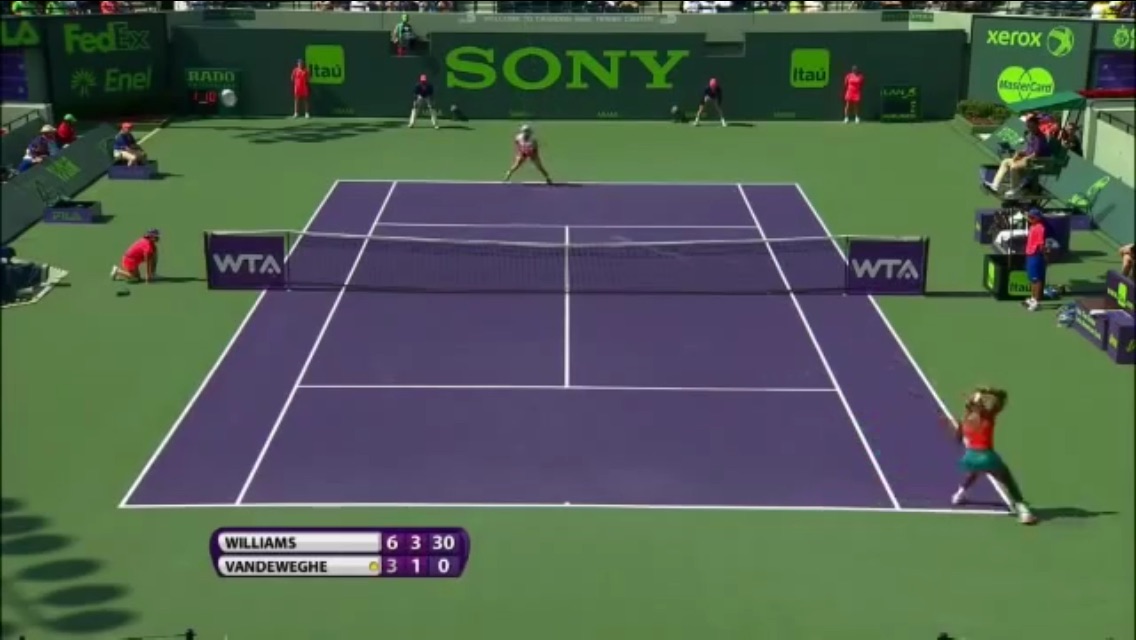
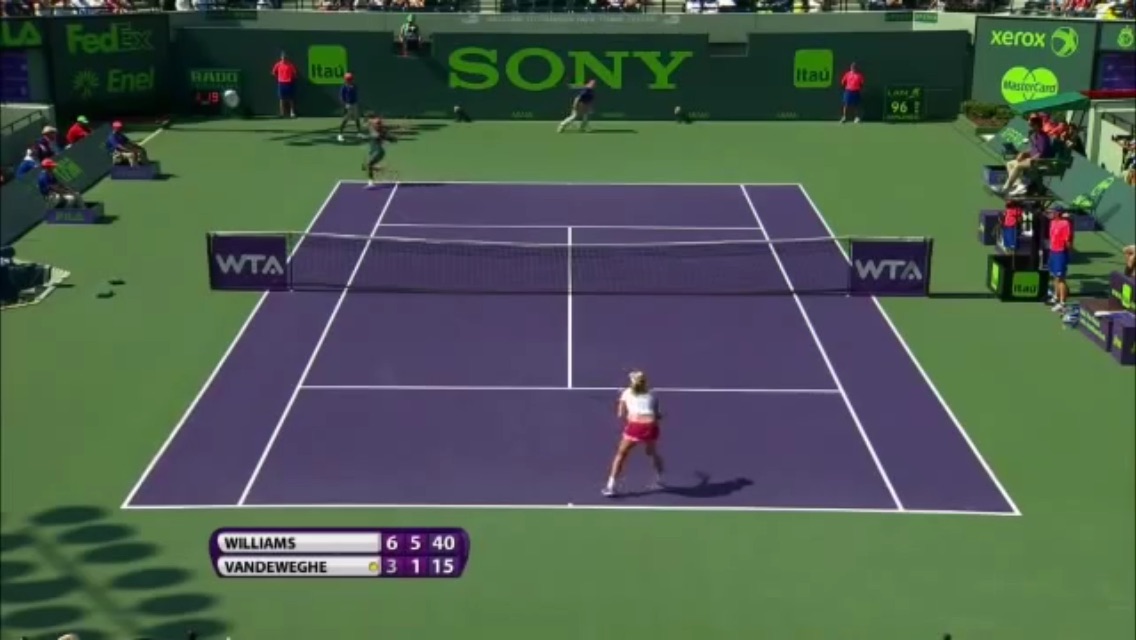
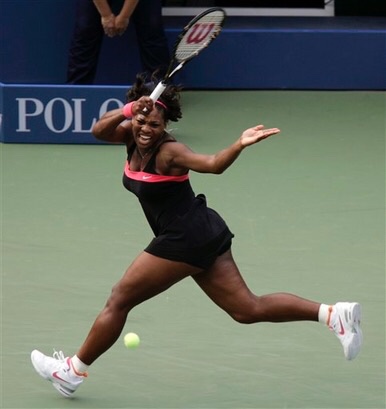
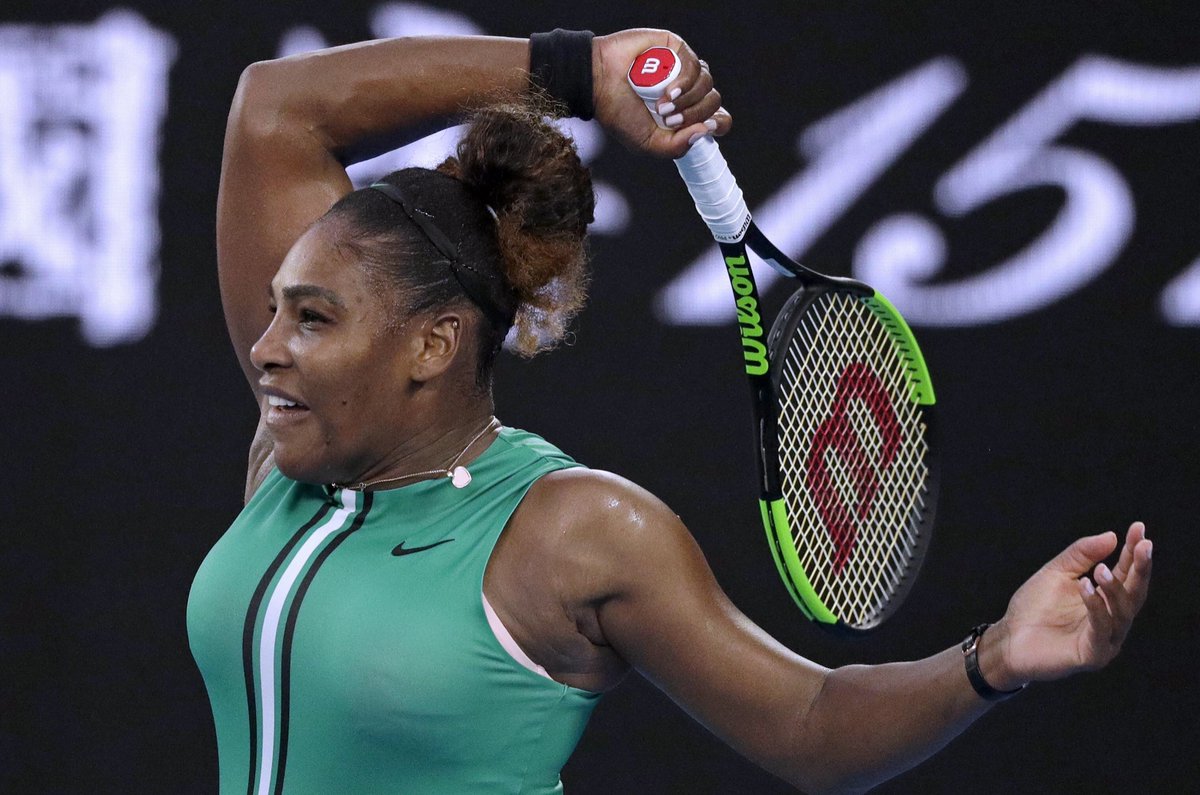
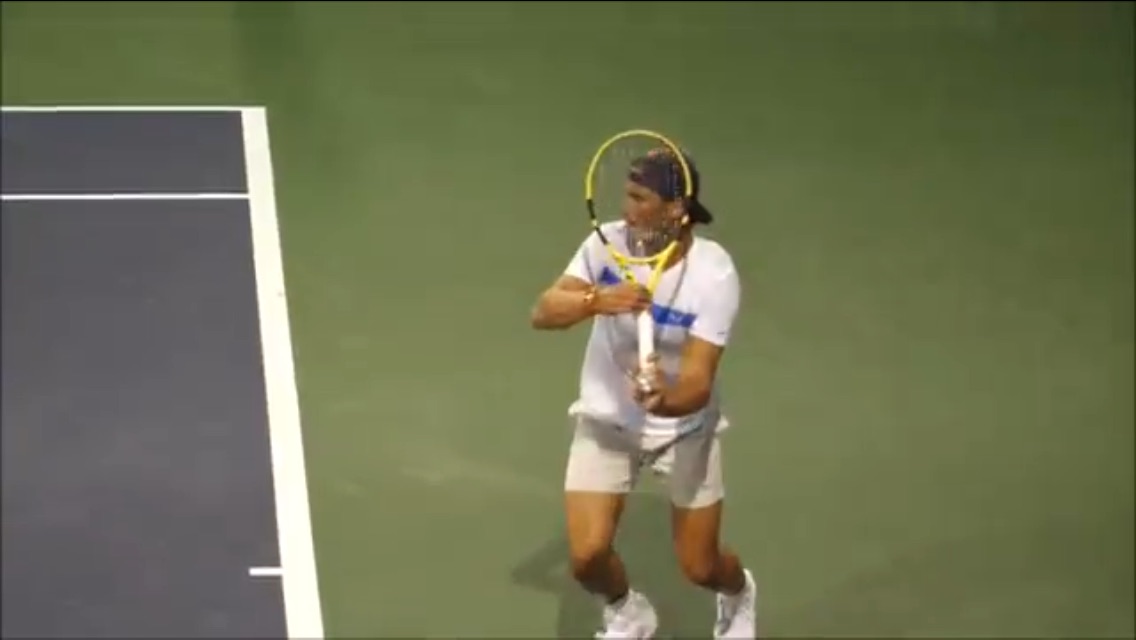 https://abs.twimg.com/emoji/v2/... draggable="false" alt="✨" title="Sparkles" aria-label="Emoji: Sparkles">https://abs.twimg.com/emoji/v2/... draggable="false" alt="😺" title="Smiling cat face with open mouth" aria-label="Emoji: Smiling cat face with open mouth">" title="k.finally, you may have to reduce the takeback when using a lasso forehand as an aggressive /emergency shot.i prefer to begin with my regular high /looped takeback (— exactly as Rafa below), which adds some level of ‘disguise’. if you have any questions, please ask!https://abs.twimg.com/emoji/v2/... draggable="false" alt="🎾" title="Tennis ball" aria-label="Emoji: Tennis ball">https://abs.twimg.com/emoji/v2/... draggable="false" alt="✨" title="Sparkles" aria-label="Emoji: Sparkles">https://abs.twimg.com/emoji/v2/... draggable="false" alt="😺" title="Smiling cat face with open mouth" aria-label="Emoji: Smiling cat face with open mouth">">
https://abs.twimg.com/emoji/v2/... draggable="false" alt="✨" title="Sparkles" aria-label="Emoji: Sparkles">https://abs.twimg.com/emoji/v2/... draggable="false" alt="😺" title="Smiling cat face with open mouth" aria-label="Emoji: Smiling cat face with open mouth">" title="k.finally, you may have to reduce the takeback when using a lasso forehand as an aggressive /emergency shot.i prefer to begin with my regular high /looped takeback (— exactly as Rafa below), which adds some level of ‘disguise’. if you have any questions, please ask!https://abs.twimg.com/emoji/v2/... draggable="false" alt="🎾" title="Tennis ball" aria-label="Emoji: Tennis ball">https://abs.twimg.com/emoji/v2/... draggable="false" alt="✨" title="Sparkles" aria-label="Emoji: Sparkles">https://abs.twimg.com/emoji/v2/... draggable="false" alt="😺" title="Smiling cat face with open mouth" aria-label="Emoji: Smiling cat face with open mouth">">
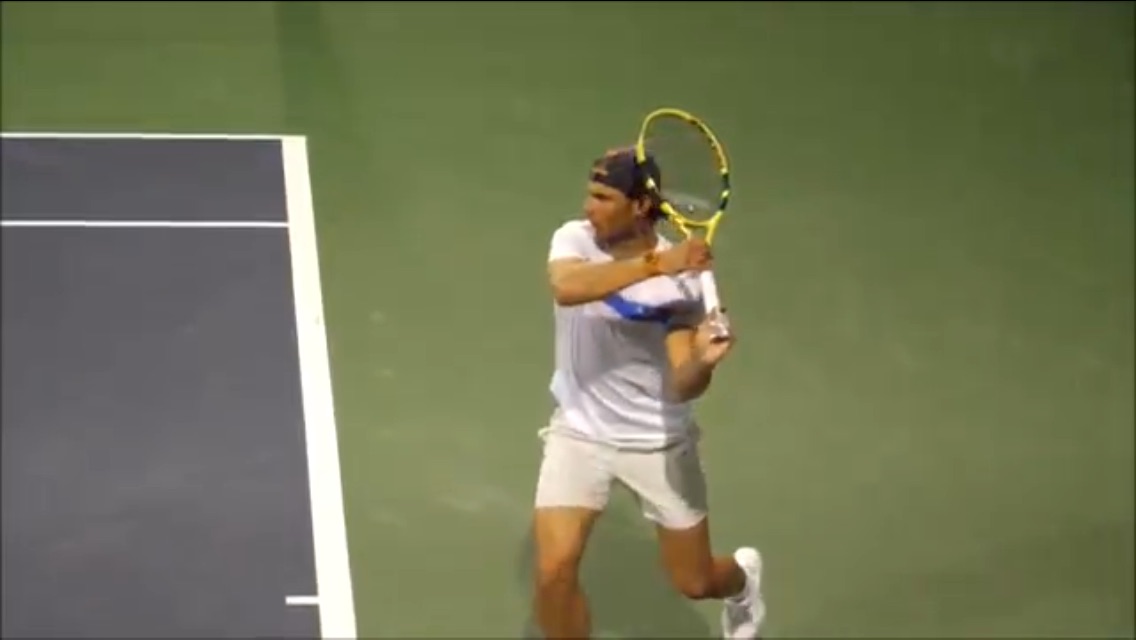 https://abs.twimg.com/emoji/v2/... draggable="false" alt="✨" title="Sparkles" aria-label="Emoji: Sparkles">https://abs.twimg.com/emoji/v2/... draggable="false" alt="😺" title="Smiling cat face with open mouth" aria-label="Emoji: Smiling cat face with open mouth">" title="k.finally, you may have to reduce the takeback when using a lasso forehand as an aggressive /emergency shot.i prefer to begin with my regular high /looped takeback (— exactly as Rafa below), which adds some level of ‘disguise’. if you have any questions, please ask!https://abs.twimg.com/emoji/v2/... draggable="false" alt="🎾" title="Tennis ball" aria-label="Emoji: Tennis ball">https://abs.twimg.com/emoji/v2/... draggable="false" alt="✨" title="Sparkles" aria-label="Emoji: Sparkles">https://abs.twimg.com/emoji/v2/... draggable="false" alt="😺" title="Smiling cat face with open mouth" aria-label="Emoji: Smiling cat face with open mouth">">
https://abs.twimg.com/emoji/v2/... draggable="false" alt="✨" title="Sparkles" aria-label="Emoji: Sparkles">https://abs.twimg.com/emoji/v2/... draggable="false" alt="😺" title="Smiling cat face with open mouth" aria-label="Emoji: Smiling cat face with open mouth">" title="k.finally, you may have to reduce the takeback when using a lasso forehand as an aggressive /emergency shot.i prefer to begin with my regular high /looped takeback (— exactly as Rafa below), which adds some level of ‘disguise’. if you have any questions, please ask!https://abs.twimg.com/emoji/v2/... draggable="false" alt="🎾" title="Tennis ball" aria-label="Emoji: Tennis ball">https://abs.twimg.com/emoji/v2/... draggable="false" alt="✨" title="Sparkles" aria-label="Emoji: Sparkles">https://abs.twimg.com/emoji/v2/... draggable="false" alt="😺" title="Smiling cat face with open mouth" aria-label="Emoji: Smiling cat face with open mouth">">
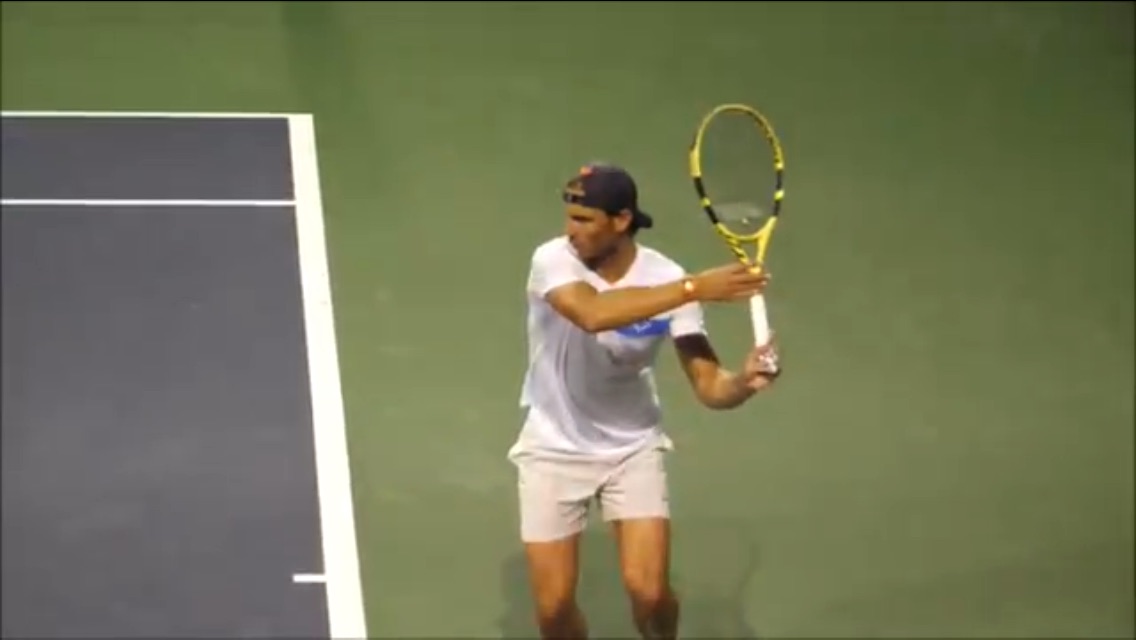 https://abs.twimg.com/emoji/v2/... draggable="false" alt="✨" title="Sparkles" aria-label="Emoji: Sparkles">https://abs.twimg.com/emoji/v2/... draggable="false" alt="😺" title="Smiling cat face with open mouth" aria-label="Emoji: Smiling cat face with open mouth">" title="k.finally, you may have to reduce the takeback when using a lasso forehand as an aggressive /emergency shot.i prefer to begin with my regular high /looped takeback (— exactly as Rafa below), which adds some level of ‘disguise’. if you have any questions, please ask!https://abs.twimg.com/emoji/v2/... draggable="false" alt="🎾" title="Tennis ball" aria-label="Emoji: Tennis ball">https://abs.twimg.com/emoji/v2/... draggable="false" alt="✨" title="Sparkles" aria-label="Emoji: Sparkles">https://abs.twimg.com/emoji/v2/... draggable="false" alt="😺" title="Smiling cat face with open mouth" aria-label="Emoji: Smiling cat face with open mouth">">
https://abs.twimg.com/emoji/v2/... draggable="false" alt="✨" title="Sparkles" aria-label="Emoji: Sparkles">https://abs.twimg.com/emoji/v2/... draggable="false" alt="😺" title="Smiling cat face with open mouth" aria-label="Emoji: Smiling cat face with open mouth">" title="k.finally, you may have to reduce the takeback when using a lasso forehand as an aggressive /emergency shot.i prefer to begin with my regular high /looped takeback (— exactly as Rafa below), which adds some level of ‘disguise’. if you have any questions, please ask!https://abs.twimg.com/emoji/v2/... draggable="false" alt="🎾" title="Tennis ball" aria-label="Emoji: Tennis ball">https://abs.twimg.com/emoji/v2/... draggable="false" alt="✨" title="Sparkles" aria-label="Emoji: Sparkles">https://abs.twimg.com/emoji/v2/... draggable="false" alt="😺" title="Smiling cat face with open mouth" aria-label="Emoji: Smiling cat face with open mouth">">
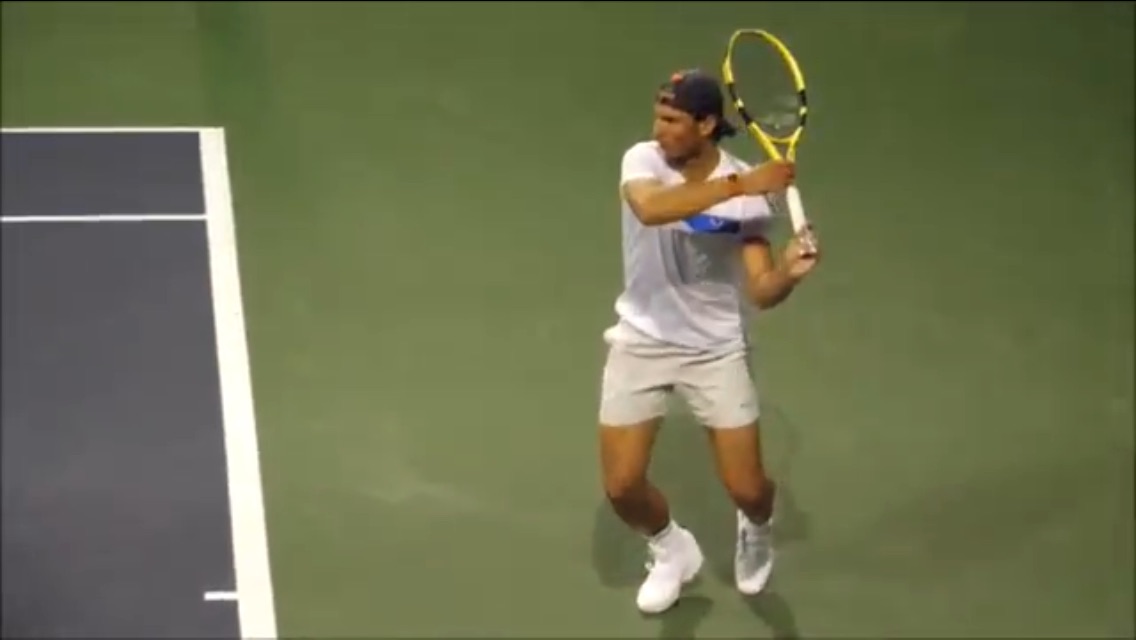 https://abs.twimg.com/emoji/v2/... draggable="false" alt="✨" title="Sparkles" aria-label="Emoji: Sparkles">https://abs.twimg.com/emoji/v2/... draggable="false" alt="😺" title="Smiling cat face with open mouth" aria-label="Emoji: Smiling cat face with open mouth">" title="k.finally, you may have to reduce the takeback when using a lasso forehand as an aggressive /emergency shot.i prefer to begin with my regular high /looped takeback (— exactly as Rafa below), which adds some level of ‘disguise’. if you have any questions, please ask!https://abs.twimg.com/emoji/v2/... draggable="false" alt="🎾" title="Tennis ball" aria-label="Emoji: Tennis ball">https://abs.twimg.com/emoji/v2/... draggable="false" alt="✨" title="Sparkles" aria-label="Emoji: Sparkles">https://abs.twimg.com/emoji/v2/... draggable="false" alt="😺" title="Smiling cat face with open mouth" aria-label="Emoji: Smiling cat face with open mouth">">
https://abs.twimg.com/emoji/v2/... draggable="false" alt="✨" title="Sparkles" aria-label="Emoji: Sparkles">https://abs.twimg.com/emoji/v2/... draggable="false" alt="😺" title="Smiling cat face with open mouth" aria-label="Emoji: Smiling cat face with open mouth">" title="k.finally, you may have to reduce the takeback when using a lasso forehand as an aggressive /emergency shot.i prefer to begin with my regular high /looped takeback (— exactly as Rafa below), which adds some level of ‘disguise’. if you have any questions, please ask!https://abs.twimg.com/emoji/v2/... draggable="false" alt="🎾" title="Tennis ball" aria-label="Emoji: Tennis ball">https://abs.twimg.com/emoji/v2/... draggable="false" alt="✨" title="Sparkles" aria-label="Emoji: Sparkles">https://abs.twimg.com/emoji/v2/... draggable="false" alt="😺" title="Smiling cat face with open mouth" aria-label="Emoji: Smiling cat face with open mouth">">
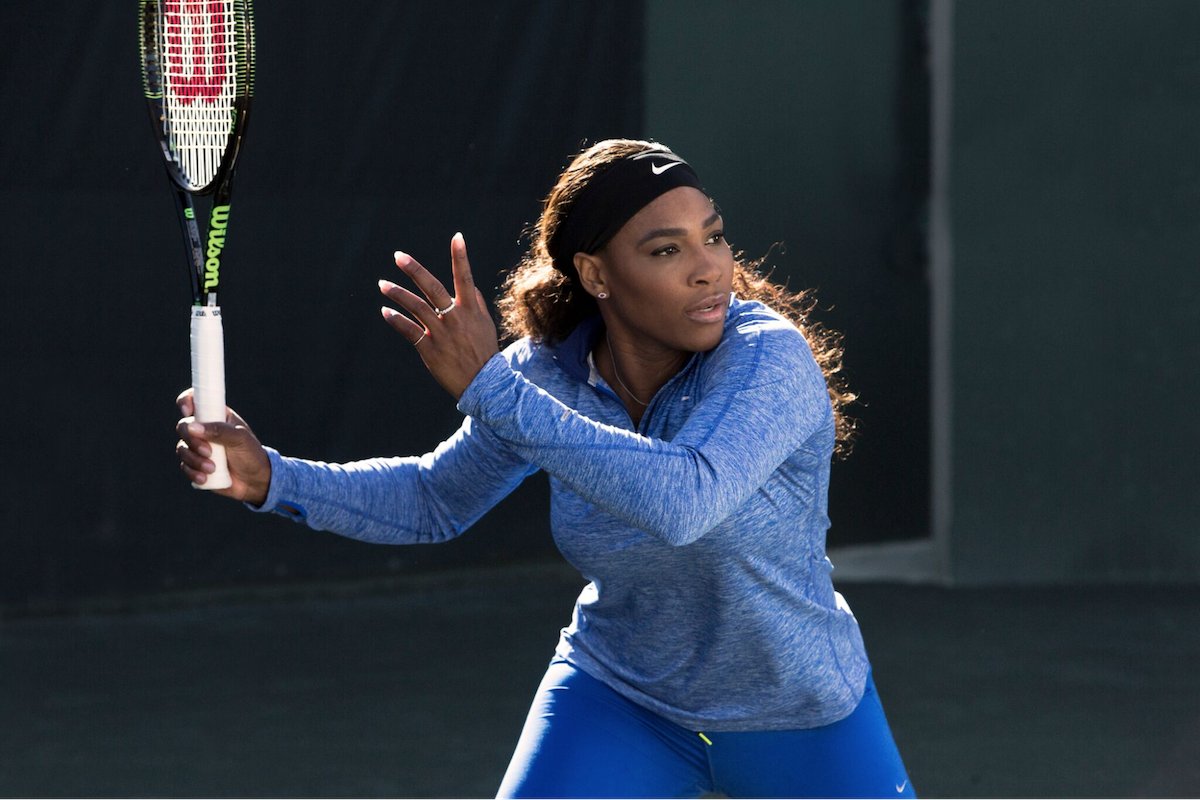 #tennis #technique" title="l.Serena is the ^master of taking time away from the opponent, so you will frequently see her move into the court near the service line + use her •regular, looped takeback, preparing for a lasso forehand, when she wants to hit more acute, ‘short’ angles.https://abs.twimg.com/emoji/v2/... draggable="false" alt="🎾" title="Tennis ball" aria-label="Emoji: Tennis ball"> #tennis #technique" class="img-responsive" style="max-width:100%;"/>
#tennis #technique" title="l.Serena is the ^master of taking time away from the opponent, so you will frequently see her move into the court near the service line + use her •regular, looped takeback, preparing for a lasso forehand, when she wants to hit more acute, ‘short’ angles.https://abs.twimg.com/emoji/v2/... draggable="false" alt="🎾" title="Tennis ball" aria-label="Emoji: Tennis ball"> #tennis #technique" class="img-responsive" style="max-width:100%;"/>


